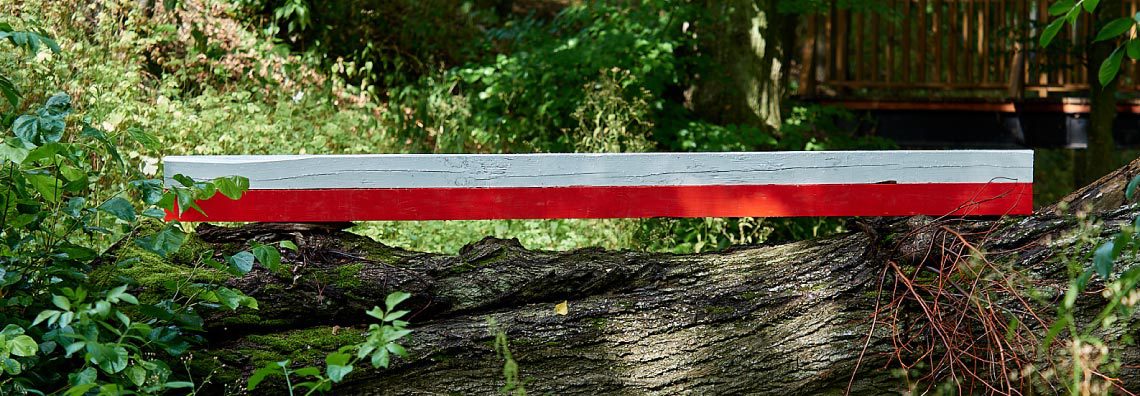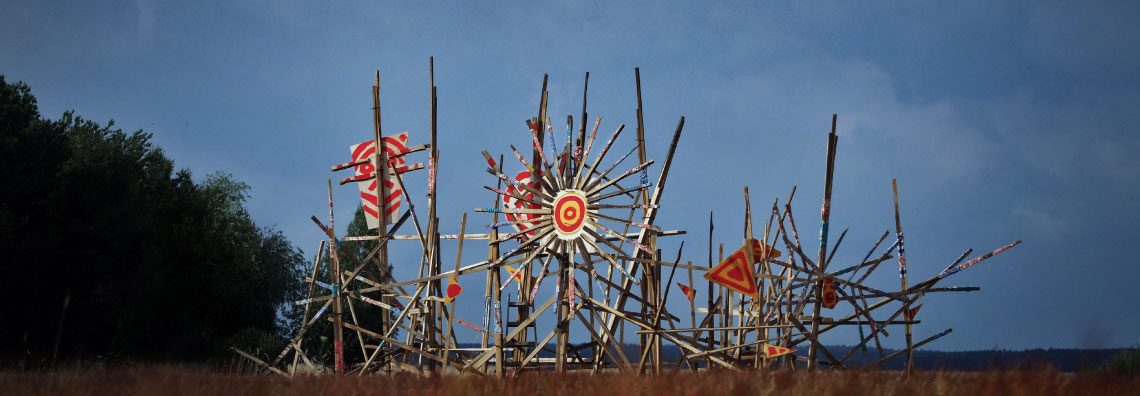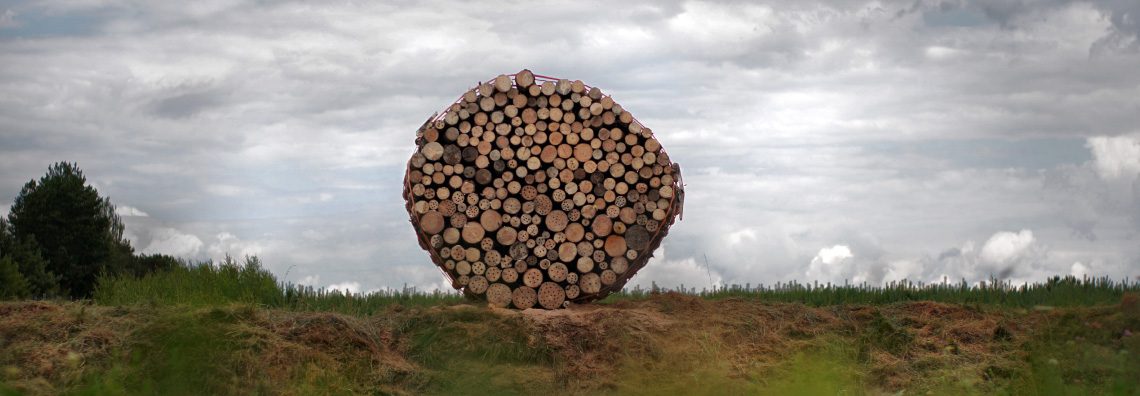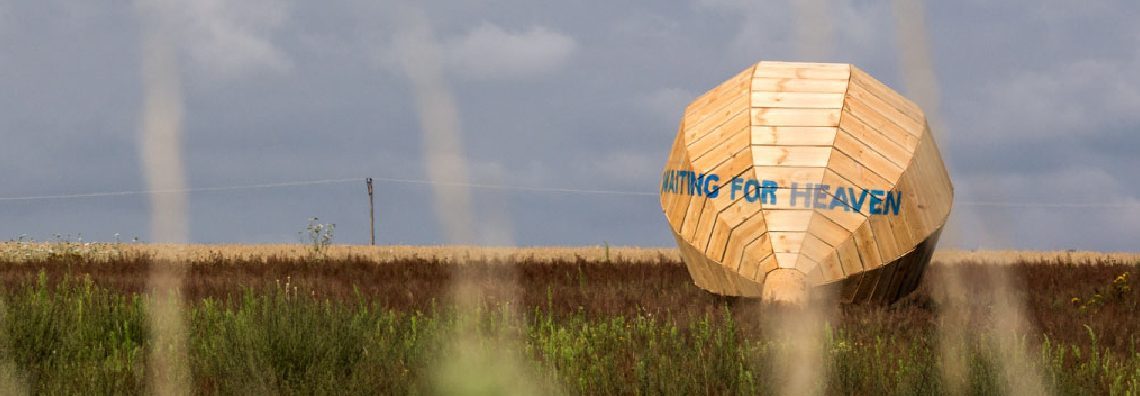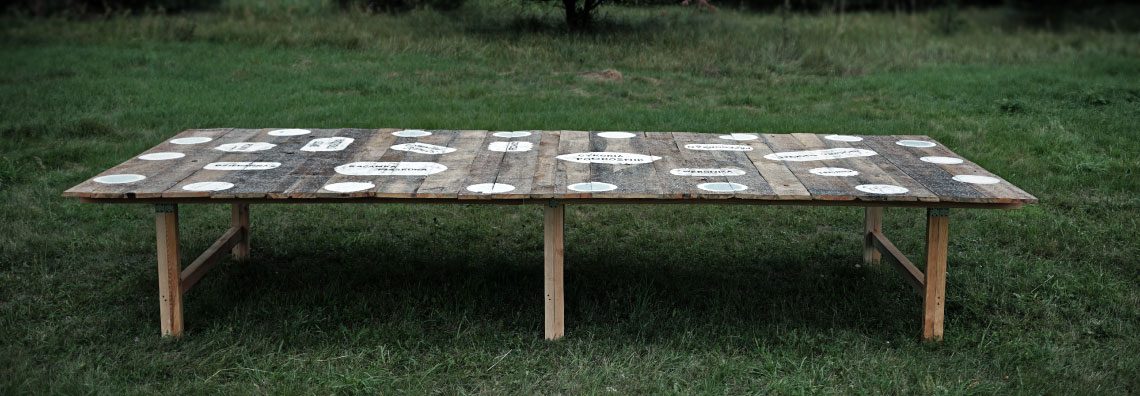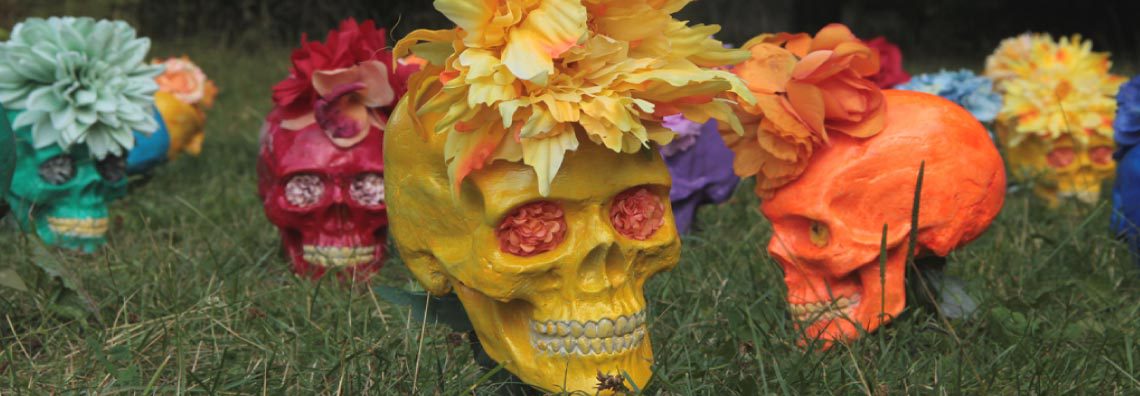Land Art Festival 2016. HOME
Along the roads of the Bug region villages stand wooden homes. Some of them are already sights, with ethnographers having interest in them. These homes remember several generations of inhabitants, often speaking different tongues, they remember the times of different jurisdictions and different answers to the question what the homeland is. Many of their former inhabitants were taken by the whirl of the great and small events. They fled before the invading army or left in search of well-being and for a long time have been living in towns, not only of Poland, but of the whole world. There are definitely more spaces after the homes that did not last. Even the ethnographers won’t pay attention to them; perhaps only animals and plants will take care of them in an appropriate way, concealing the founding stones beneath a layer of humming grass.
The Borderlands are a specially good scenery to observe human fate. A home, as one of key concepts of culture, lying, according to Jerzy Bartmiński, “in the heart of the commonly recognized system of values”, becomes particularly significant, colourful and complex in here. In the next, already the sixth edition of the Landmark Festival, we want to make a home the motto of the Festival. Cultural ambiguity and historical ambivalence of the Podlasie Bug Gorge region, where we will be hosting national and international artists for the second time, will allow, we believe, various shades of this term to resound.
First, a home is a building, a limited space, where human destinies unfold. The Bug region areas are a perfect place to observe diverse forms of homes, often brought to living by those, who inhabited them. Here, it is still possible to see what we forget nowadays – that wood, stones, clay which were used for centuries to build human residences, belong to the realm of nature. Nature is also a home. She lends shelter not only to humans, but also to animals and plants. Nurseries and enclaves of protected species are not rare especially here, at the Bug river. Encouraging reflection on land art, we draw attention to two, overlapping planes of living – human universe within the world of nature.
A home is not only a material structure, which is given its final shape by man or other organisms. As a living space it has a social dimension. Its meaning is determined by the dynamics of interpersonal – but also cross cultural and international – relations. A home is a space, where identity and sensibility are shaped: a place of birth, patrimony, and finally also a homeland. The process of growing, absorbing knowledge and experience of the past generations can be a capital for the future, but also a burden. Especially when it ceases to be the realm of freedom, dialogue and becomes a demonstration of power, the scene of violence. Currently, against the deepening economic inequalities and social crisis of mass emigration and refugees we confront the problem of breaking natural relations, breaching the social capital built over decades and face a challenge. Will we be able to express openness, ensure safety of ourselves and others? These questions sound particularly strong in the borderland region, where the ties between people, culture and nations were broken many times and where one can see how difficult it is to restore them.
The cultural dimension of inhabiting draws attention to the special character of the location. We invite artists to the Eastern borders of Poland, to the Polish-Belarusian-Ukrainian borderland. At the same time – the border of the European Union. The uncertainty and artificiality of the limes, which set successive political orders time and again meant that a home is a universal value here. Valuable, but also very fragile. We hope that another edition of the Landart Festival with the motto “home” will become a universal living space. For ten days artists will be guests of not only the organizers, the nature, but also of the local community and audience, which once again will be able to move freely between the works. We would like this artistic, interpersonal, cross cultural and cross species dialogue to contribute to a better understanding of land art and understanding each other.



